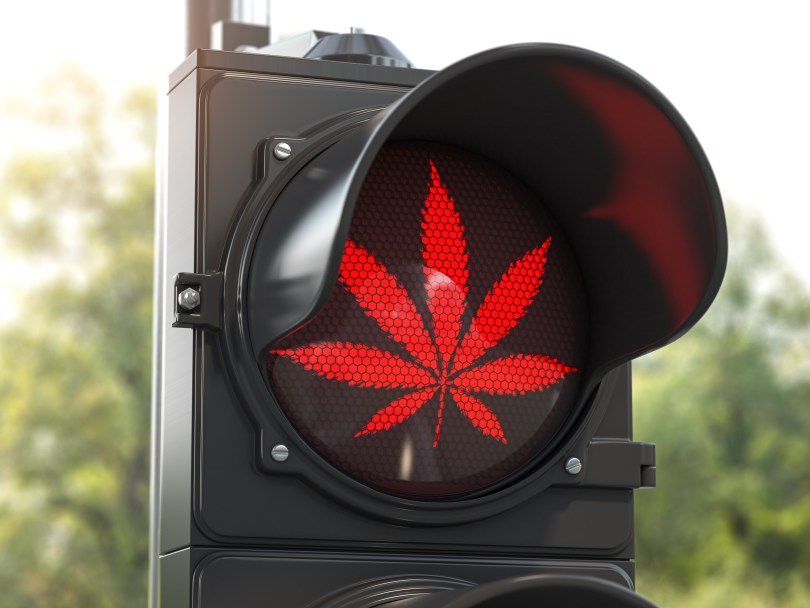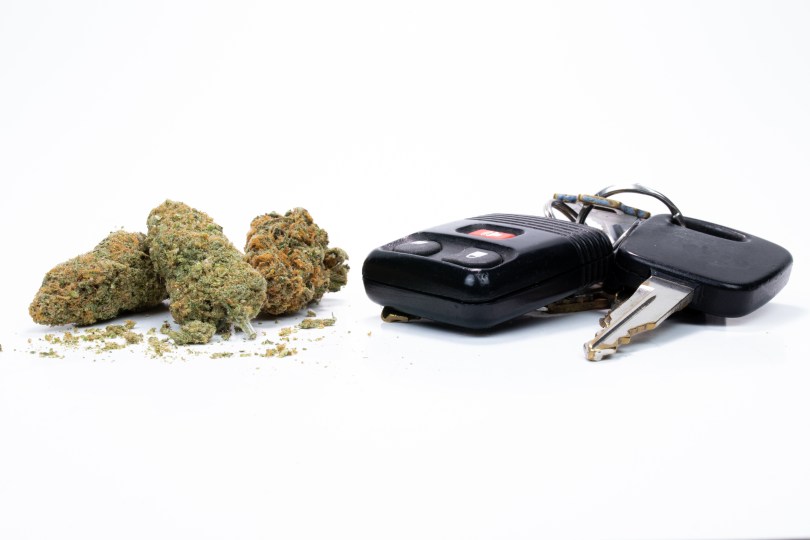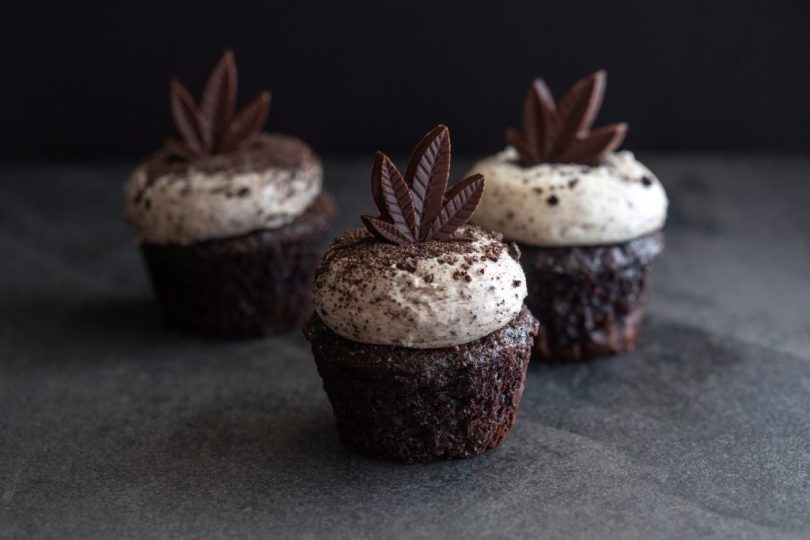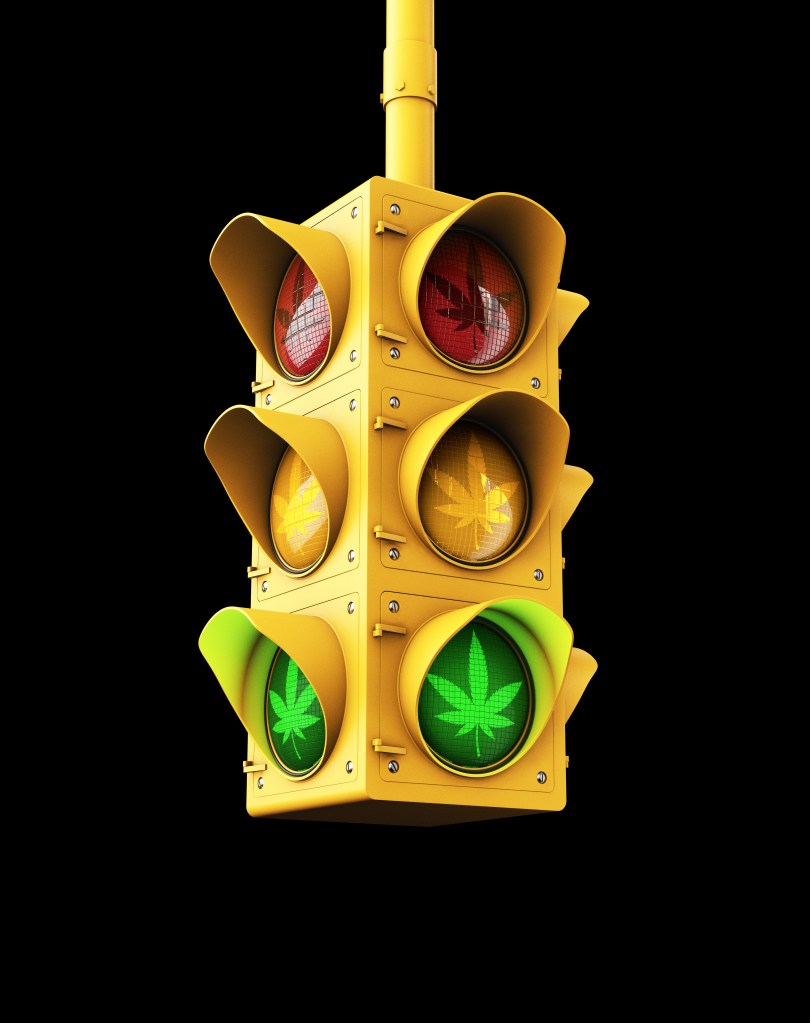As the cannabis world opens up, regulation is put in place to organize its manufacture, sale, and use, and this includes how much THC can be involved. Whether a medical or recreational market, these regulations exist. Here’s a look into THC regulation in the US when it comes to legalized markets.
THC limits do exist in legalized US states, but that doesn’t mean you can’t get plenty high! Plus, with the cannabinoids market, there are plenty of options outside of dispensaries, and tons of new products to try from delta-8 THC, to the weight loss-promoting THCV to the sleep-inducing HHC. The holidays are a great time to try new things, so check out our deals, and buy yourself something nice today. Remember to subscribe to The THC Weekly Newsletter for deals on legal cannabis products, as well as all the latest news and industry stories. Also save big on Delta 8, Delta 9 THC, Delta-10 THC, THCO, THCV, THCP & HHC products by checking out our “Best-of” lists!
Industry regulation
When an industry is started, there isn’t anything there at the beginning to guide…anything. When cars were first introduced to the American marker in the late 1800’s, do you think there were seatbelt laws, and emission controls, and driver’s exams?
Not exactly, and certainly not enforced. Seat belts weren’t enforced until 1962 in most states for lap belts, and in 1966 for shoulder belts. Emission controls weren’t initiated until the early 1960’s, culminating with the Clean Air Act, and The Vehicle Air Pollution and Control Act. And while Rhode Island did it first, there wasn’t a mandatory test for driving instituted by the US government (though varying by state) until 1959.
So, it suffices to say that not everything happens overnight in a new industry. In fact, some things, like emission controls, wouldn’t have been thought of, because it wasn’t the issue it is today. It would have taken time to use the cars to understand the value of such controls, and this could only come from experiencing the industry. Just like, it wasn’t understood that a vehicle might be hard to control, and warranted a little instruction first.
THC regulation
There are actually a couple ways of looking at THC regulation. The first is the amount allowed in a product. Usually this is about five or ten milligrams. THC limits vary between US states, as states set their own limits, but no recreational state is above 10mg, or below five. This is not applicable to medical markets which often allow more, but with a medical card.
For our purposes today, we are more interested in THC limits for recreational markets. And what this means, is the top amount of THC allowable for a product to be able to be sold in a legal dispensary by its local state law.
The other way to regulate THC is like with alcohol, in terms of a blood THC level. This is newer, and now being applied in more places, particularly for driving requirements. When looking at THC in this way, it’s generally measured in nanograms per milliliter of blood. Different THC limits exist in different US states for driving, though all states make it technically illegal to drive while impaired by weed. As cannabis is federally illegal, no federal requirement exists for THC limits for anything, other than that it’s illegal to have it.
THC limits by US state
Washington
Since Washington started it, let’s start there. In terms of edibles, the cap is 10mg of THC per unit, and 100mg total per package. Edibles often have stricter standards because of the lapse time for working, and the ability to more easily overdose on THC. Some kind of maximum is seen in all legalized states. Washington instituted a maximum THC level for driving at five nanograms per milliliter or higher of THC in the blood stream.
Washington is currently trying to limit THC in concentrate products to 30% THC, and to institute a 25-year-old age minimum. Detractors point out that this age minimum does not match the rest of cannabis regulation, and that if people want high-THC concentrates, they’re likely to go out and get them on the black market if they can’t be legally bought in a dispensary.
California
California also allows up to 10mg of THC in edible products with 100mg per entire package. As of right now, California has no limits of THC for high-THC products like vapes and concentrates, nor does it have a legal limit for driving. In traffic-related cases, the prosecutor must prove the driver was impaired by cannabis.

Oregon
Oregon, another one of the first states to drop, is also pushing for more relaxed laws. Starting in January 2022, the limit per edible is increased to 10mg from five, and the total package amount is raised to 100mg from 50. Oregon does not have legislation for high-THC products like concentrates and vapes. Nor does it have a maximum blood THC limit, though driving while being adversely affected by a controlled substance, is illegal. The phrasing is that the person must be adversely affected to a “noticeable or perceptible degree.”
Colorado
Colorado keeps to the 10mg maximum for a single edible, and 100mg for a package of edibles. The state does not have a cap for high-THC concentrates, but did attempt to float a bill earlier this year (HB21-1317) that would impose a limit of 15% on concentrates. The bill serves several purposes, and this particular one was nixed for now. Colorado does uphold a THC limit for driving, using five nanograms per milliliter like Washington state. This was established back in 2019.
Illinois
Illinois doesn’t stray from the norm, allowing 10mg of THC per edible serving, and 100mg per edibles package. Illinois does not currently have regulation for high-THC concentrates. While it is illegal to have cannabis out in a car, there isn’t a law providing a maximum THC blood measurement. Driving under the influence of cannabis is illegal, but like with other states without an official limit, impairment would have to be proven in a court of law.
Michigan
Along with the rest thus far, Michigan allows for 10mg of THC per an edible, and 100mg for a package. Michigan goes a bit further, regulating the amount of THC in capsules and tinctures as well, with a cap at 10mg per serving, and 200mg per package. Other products also have a 10mg max per serving and 100mg max per package. I see nothing further about THC limits for concentrates, so it is possible that this 10mg max applies to concentrates as well.
In Michigan, driving while using cannabis, or being in the passenger seat while using cannabis on a public road, are both illegal. However, the state does not have a blood THC level maximum. Essentially like everywhere else with similar laws, the situation comes down to the determination of law enforcement as to how impaired the driver is/was.
Alaska
Alaska keeps it going with the 10mg/100mg breakdown for edible products. This is not related to concentrates, for which Alaska has no specific regulation or THC content. Alaska has no limit for blood THC levels for driving either, and law enforcement must judge the situations based on impairment of drivers.

Maine
Maine follows suit with 10mg per product, 100mg per package. Maine currently has no regulation in terms of THC caps for concentrate products, nor is there a maximum stated blood THC content for drivers. The idea came up to institute one by a group within Maine’s legislature back in 2015. The group recommended the limit be 2 nanograms of THC per deciliter of blood, however it never transpired into law. While Maine has no maximum blood THC content laws, driving under the influence of an intoxicant is illegal. Much like other locations, the designation is made by law enforcement.
Massachusetts
Massachusetts is the first here to vary from the 10mg standard, instituting a limit of 5.5mg per edible, with 20 servings allowable, for a total of 110mg per package. It has no regulation for high-THC concentrates. And, while it is illegal to operate a motor vehicle under the influence of cannabis in Massachusetts, there is no legal maximum. Driving with any level of impairment is illegal.
Nevada
Nevada returns us to 10mg per edible and 100mg per package. Though Nevada has no law for THC concentration in concentrates, it does have more extensive laws for driving under the influence. In Nevada, a person is considered under the influence if they have 2 nanograms of THC and 5 nanograms of metabolite in their bloodstream when driving.
Vermont
Vermont brings the edibles limit back down again, with a max of 5mg per edible, and 50mg per edibles package. The Vermont market has not actually opened yet, and is expected to do so in 2022, so these laws have not technically gone into effect. However, Vermont went farther than other states, instituting a cap of 30% THC for cannabis flowers, and a 60% limit for concentrates.
The state did not institute a driving maximum however, so though driving under the influence is illegal, there is no dictating amount of THC specifically for arrest. In fact, so long as there is a detectable level of an illicit substance, the person is breaking the law. How this then relates to cannabis – as a non-illicit drug – has not been made clear.
Arizona
Arizona returns us to 10mg per edible, and 100mg per edibles package. The state has no maximum for THC in concentrates, and no maximum amount of THC in the blood to separate legal driving from driving under the influence. As such, its left to the discretion of law enforcement.

Montana
Montana maintains 10mg/100mg, but then goes a lot farther with other products. Flowers cannot go over 35% THC, topicals are set at 6%, and no more than 800mg per package. Patches, suppositories, and transdermal patches have a maximum THC allowance of up to 800mg. There is no further regulation for other concentrates. Montana has a cutoff for driving under the influence at five nanograms per milliliter. Right now, though cannabis has been legalized in the state, these rules (apart from driving) do not apply until the regulated market starts in the beginning of January, 2022.
New Jersey legalized cannabis earlier in 2021, so the state doesn’t have a regulated market set up yet, and no date has been set for when it will begin. Though some laws have been stated about cannabis in general, the laws related to maximum THC limits in edibles, concentrates and other products, and for driving, have not been instituted as of this writing. It is, however, illegal to drive under the influence. Currently there are arguments in favor of keeping out restrictions for maximum THC content.
New York
New York legalized cannabis recreationally earlier in 2021 as well, meaning no regulated market just yet. No limits have been set for THC in any products, and New York has no official designation for THC amounts to constitute driving while being impaired. It is, however, illegal to drive while being impaired by drugs.
New Mexico
New Mexico legalized recreational cannabis within 24 hours of New York, thus also making it a bit early for a regulated market. No limits have been set for THC in products, nor is there a maximum THC limit for driving, although driving under the influence is illegal in the state.
Virginia
Virginia is a 2021 legalization state and has no open regulated market yet either. The state has no caps set up at this time for THC in products, nor does it have a legal limit for THC in the blood for driving. Having said that, it is illegal to drive under the influence of marijuana if it impairs the ability to drive correctly.
Connecticut
Connecticut is also a summer 2021 legalization, and regulated sales are not expected until late 2022. It is however reported that Connecticut has made certain decisions regarding THC limits at the rate of 5mg per edible, although it really remains to be seen, as nothing is completely formalized. Connecticut has no official limit for legal driving, citing impairment as the divider.

Conclusion
So there you have it. Cannabis regulation is all over the place in the US, with varying laws for THC limits between different US states. Should a federal mandate ever come (and it should soon), there might be a little more uniformity in how this is done.
Hi there… Welcome to CBDtesters.co, your #1 internet spot for the most current and groundbreaking cannabis and psychedelics-related news in the world now. Join us frequently to stay aware of the ever-changing universe of legal drugs and industrial hemp, and remember to sign up for The THC Weekly Newsletter, so you’re always the first to get the story.
Disclaimer: Hi, I’m a researcher and writer. I’m not a doctor, lawyer, or businessperson. All information in my articles is sourced and referenced, and all opinions stated are mine. I am not giving anyone advise, and though I am more than happy to discuss topics, should someone have a further question or concern, they should seek guidance from a relevant professional.

